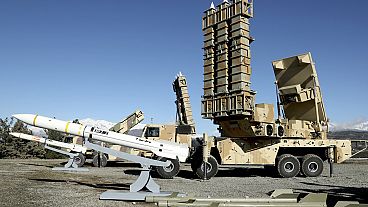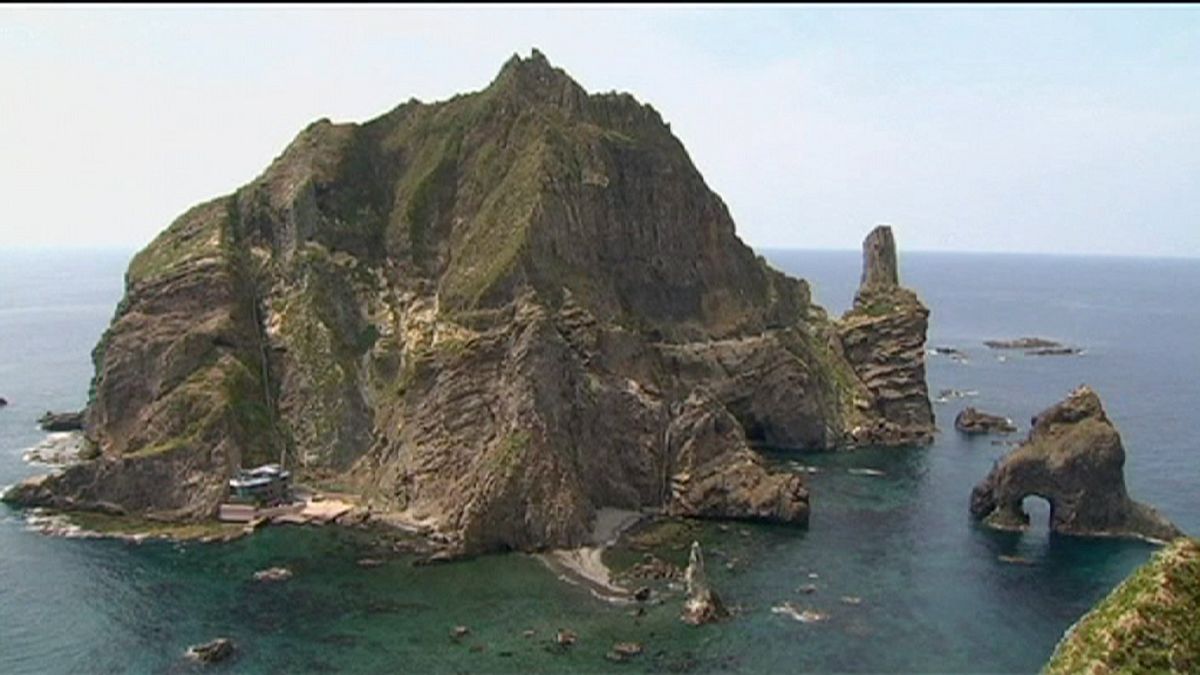New Japanese school textbooks that include territorial claims on islands that are in dispute with South Korea have prompted protests from Seoul
New Japanese school textbooks that include territorial claims on islands that are in dispute with South Korea have prompted protests from Seoul.
Japan’s government has approved 27 high school books after previously doing the same with books for younger children.
The Liancourt Rocks islands – known as Takeshima in Japan, and Dokdo in South Korea – lie halfway between the two countries.
Seoul fears a new generation in Japan will be taught that South Korea’s occupation is illegal.
It is urging Tokyo to revise the books immediately.
“We strongly deplore the fact that Japanese government approved again on March 18 the high-school history textbooks embodying a distorted perspective of history including inappropriate claims to islets of Dokdo which is our inherent territory historically, geographically and by international law, and we demand immediate rectification,” said South Korean Foreign Ministry spokesman Cho June-hyuck.
The dispute revives tensions dating back over a century.
South Korea has claimed the islands were forcibly incorporated into Japanese territory before and during Japan’s colonial rule of the Korean peninsula in the first half of the 20th century.
In late 2015 Soeul and Tokyo reached agreement on the so-called “comfort women” issue, former South Korean sex slaves forced to work in Japanese brothels during World War II.
Relations, which had thawed between the two countries as a result, have now suddenly turned frostier again.
In response to this article the Japanese foreign ministry made the following statement on the issue of the sovereignty of the islands:
Located in the Sea of Japan, Takeshima became part of Japanese territory in the 17th century. This was when the government permitted fishermen to catch sea lions and other marine resources in the area.
In 1905, the Japanese government reaffirmed its intention to claim sovereignty over Takeshima by a Cabinet decision. When the San Francisco Peace Treaty was being negotiated following World War II, the Republic of Korea made a request to the United States to include Takeshima in the territories that Japan should renounce.
The United States rejected the request on the grounds that Takeshima was under the jurisdiction of Japan. Consequently, it was internationally recognized that Takeshima belonged to Japan. In 1952, however, the Republic of Korea unilaterally drew up the so-called “Syngman Rhee Line”, using the name of the president at that time, in violation of international law.
Through coercive measures such as firing at Japanese vessels and sending security personnel to the islands, the Republic of Korea illegally occupied Takeshima.
Japan has proposed, on three occasions, referring this case to the International Court of Justice, but the Republic of Korea has rejected all such proposals. Japan will continue to seek a peaceful settlement of this dispute with the Republic of Korea, based on international law.


